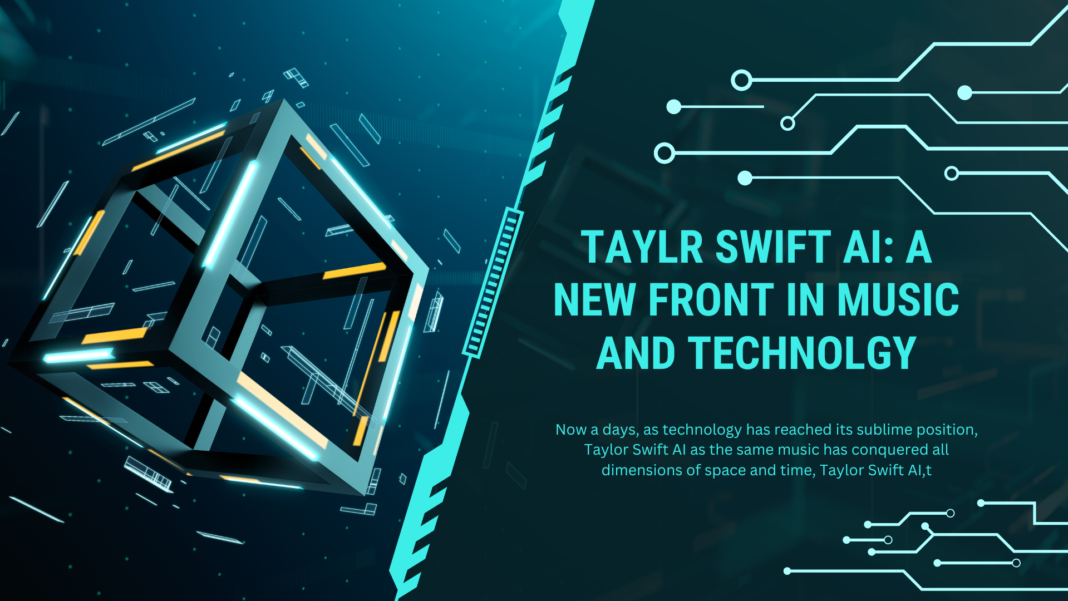Introduction
“NSFW AI” this abbreviation refers to artificial intelligence models or tools which are designed to create or detect content that is “Not Safe for Work” (NSFW). This type of NSFW content generally includes explicitly, or the material used by adults, that is inappropriate for viewing in professional or public settings, not suitable in discussion in general gatherings.
There are two main streams of NSFW AI
1.Content Generation NSFW AI:
Some AI models can generate explicit images, videos, or text. This can include deepfake technology, which superimposes faces onto explicit content, or models trained to create adult content. This use of AI is highly controversial and often illegal, as it can violate consent, privacy, and copyright laws.
2.Content Detection NSFW AI (Not Safe for Work):
On the other hand, NSFW AI is normally used to detect and filter explicit content for adults on topics of sex. These AI tools are often implemented by platforms to automatically flag up or block inappropriate material content, it ensures the users are to be protected from unwanted exposure to adult material specially kids.

The Ethical Concerns about NSFW AI
The ethical concerns about NSFW AI is basically revolved around the consent of privacy and moral values. This content is potential for abuse and sex. So, AI-generated explicit content could be used privately and maliciously, such as in the revenge of porn or non-consensual pornography, this content is leading to the serious of legal and personal consequences. As a result, there are many platforms and developers of content who avoid generating or enabling NSFW AI technologies.
NSFW AI, particularly when referring to models designed to generate or detect explicit content, can have several features depending on its purpose. Here is a breakdown NSFW AI
1. Content Detection NSFW AI Features:
Image and Video Analysis:
AI models can scan images and videos to detect nudity, sexual content, or other inappropriate material not suitable for general public. These models often rely on convolutional neural networks (CNNs) trained on large datasets of labeled NSFW content.
Text Analysis NSFW AI:
Natural Language Processing (NLP) models can analyze written content to identify explicit language, suggestive phrases, or adult themes. This is useful for filtering or flagging inappropriate text in online platforms.

NSFW AI Contextual Understanding:
Some advanced models go beyond simple keyword or image recognition to understand the context in which certain content appears, improving the accuracy of detection.
NSFW AI Real-time Filtering:
These models can operate in real-time to block or flag content as it is uploaded or streamed, providing immediate protection for users.
Categorization of NSFW AI:
NSFW AI detected content can be categorized based on the severity or type of explicit material, allowing for more nuanced handling by moderators or automated systems.
2. Content Generation Features
Face Swapping NSFW AI (Deepfakes)
AI can swap faces is one of the most concerning applications due to its potential for abuse in videos or images, often leading to non-consensual explicit content involving real individuals. This is one of the most concerning applications.
Text Generation by NSFW AI
Models like GPT can generate explicit stories or dialogues. While this is a less visual application, it can still be problematic depending on how and where it is used.
Customization of NSFW AI
Some NSFW AI tools allow users to input specific parameters to generate content tailored to their preferences, making the technology even more concerning from an ethical standpoint.
3. Ethical and Safety Features
Age Verification: Some NSFW detection tools are integrated with age verification systems to ensure that only adults can access certain content.
User of NSFW AI, Reporting and Feedback:
There are many platforms of content creation which apply NSFW AI detection, by allowing the users to report false positives or missed content, helping to improve the system’s accuracy over time.
Transparency and Accountability:
In response to ethical concerns, some developers include features that log AI decisions, providing transparency and a trail for accountability in how content is flagged or generated.
4. Data Privacy and Security Features:
Anonymization: To protect users, some systems anonymize data before processing, ensuring that personal information is not exposed or misused.
5.Consent Management:
Advanced ethical systems of AI may include some consent management features to ensure the developers and users that any data, they used in training or content creation should respect the rights and privacy of individuals.
Conclusion
By overall judgement,NSFW AI offers legitimate purposes, such as protection for users from unwanted exposure to explicit and avoidable content, its use in generating such content raises the significant legal, moral and social concerns. As a result, many platforms and developers are we all be aware about engaging with or enabling this technology.



